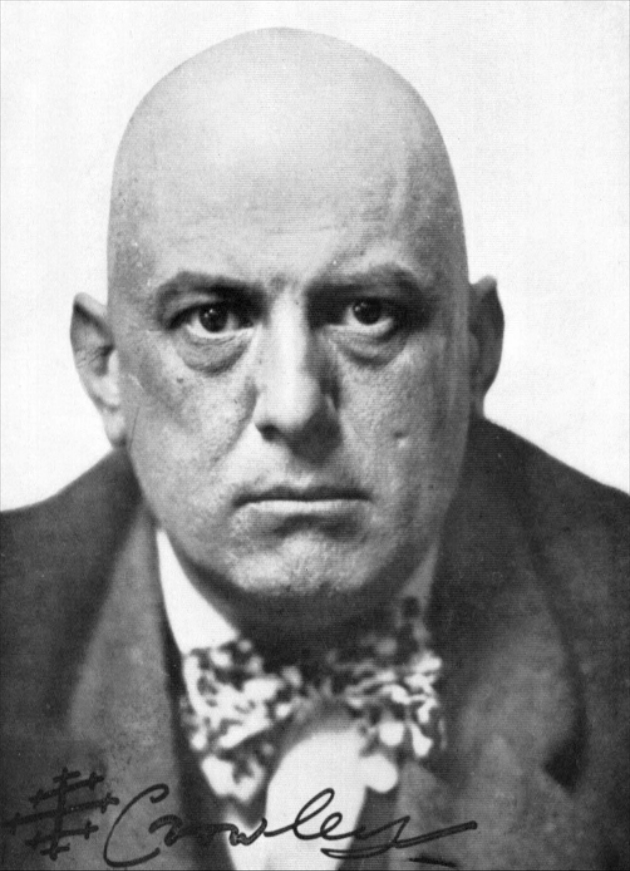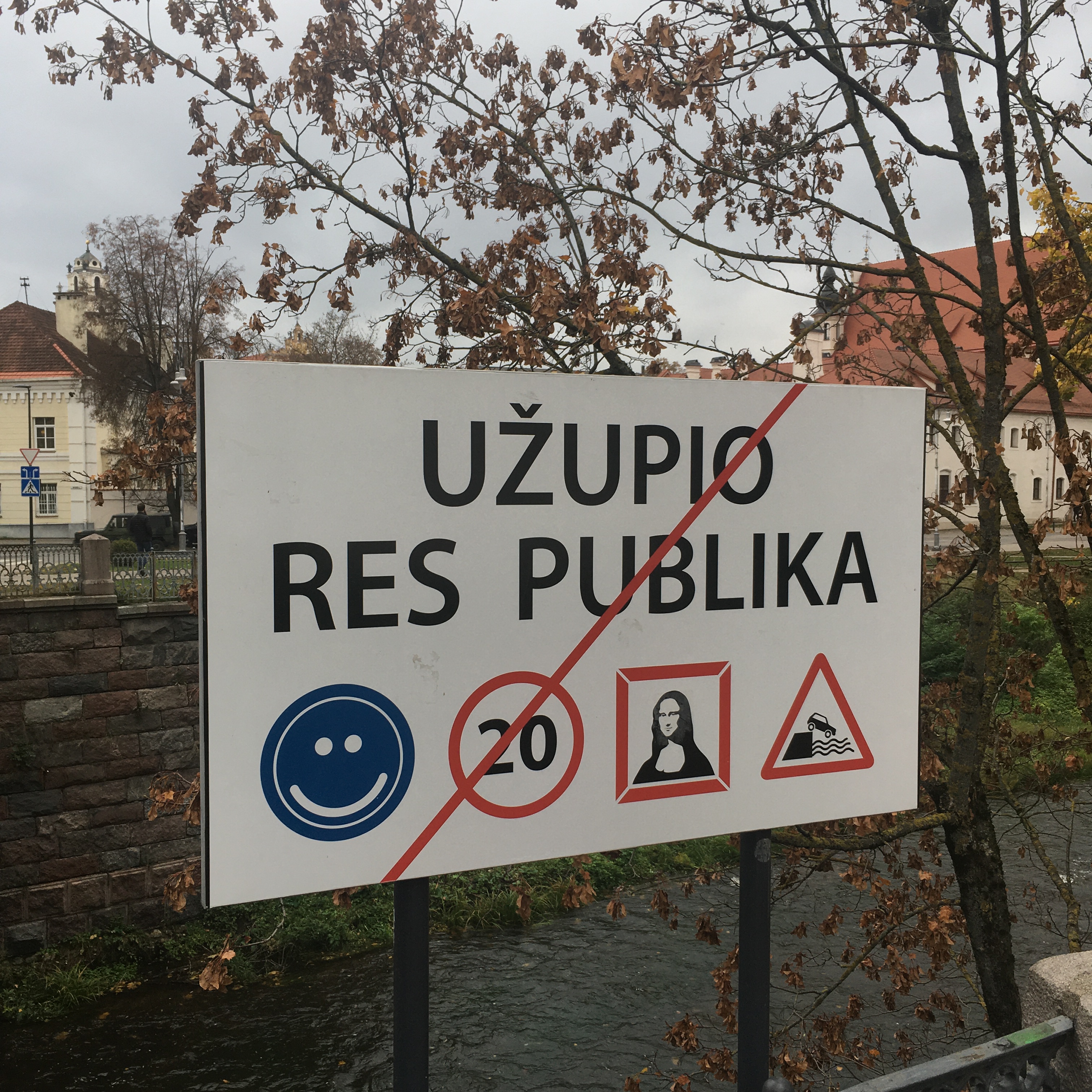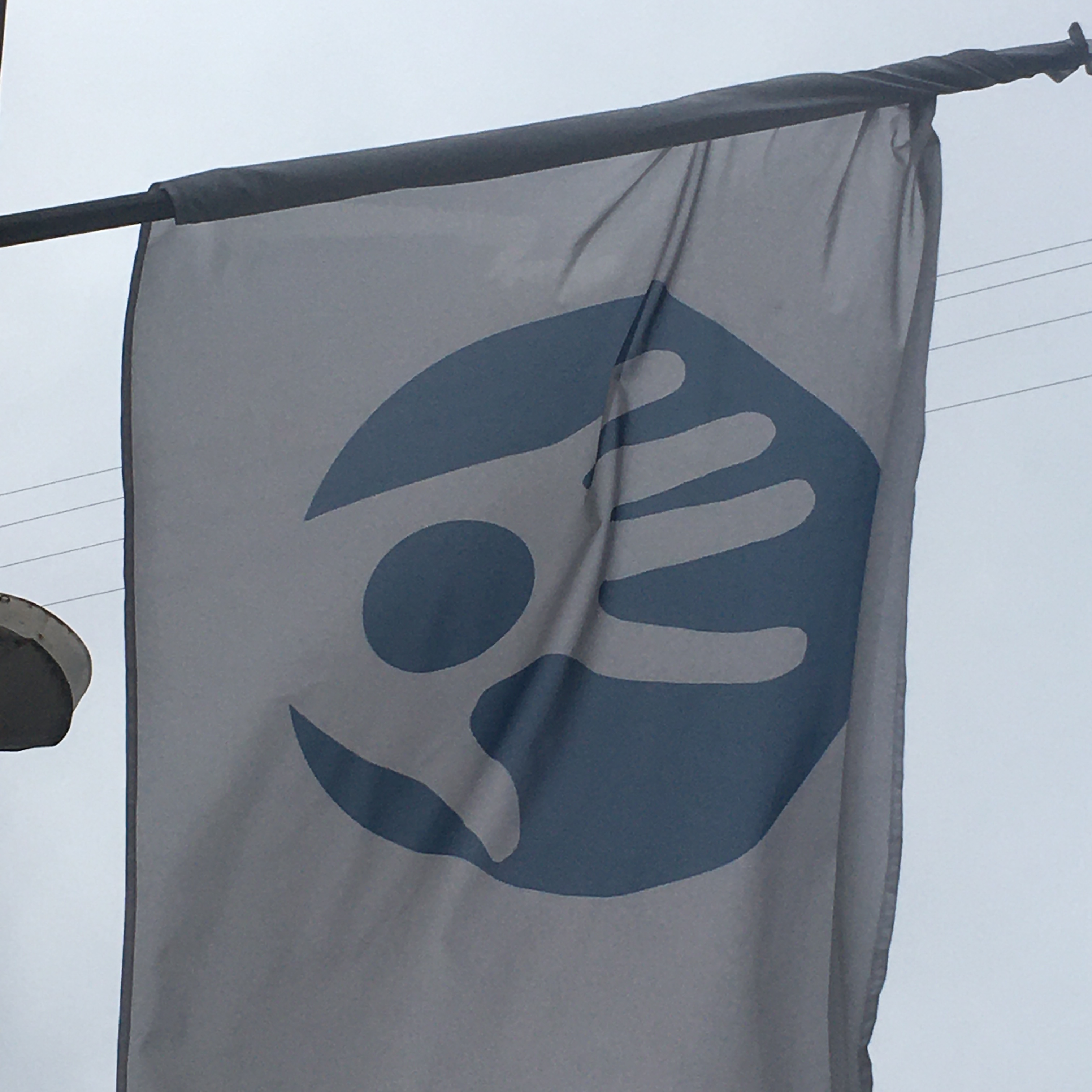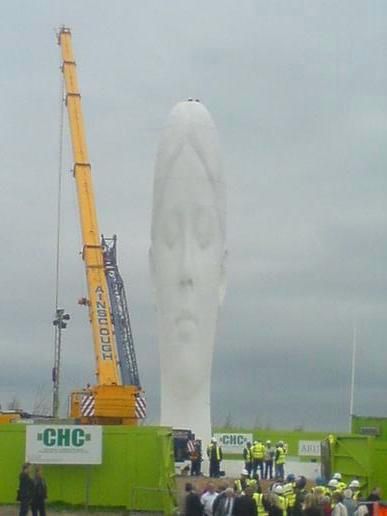Archive for the ‘public art’ Category
Amy Winehouse in Camden Town








The above are all the traces of Amy Winehouse around her manor ten years after her tragic passing.
The below are previous street art pieces which have gone the way of most street art, to that blank wall in the sky.




Here’s a good snapshot of Amy art in the summer of 2017 when the Jewish Museum, which sits firmly in her stomping ground (on Albert St near ‘Atmosphere’), held an exhibition in her honour, appropriately including a series of street art commissions in the area.
The 10th anniversary of Amy’s death is on 23rd July.

THE ARTISTS
A Thing of Beauty

A thing of beauty is a joy for ever:
Its loveliness increases; it will never
Pass into nothingness
John Keats – ‘Endymion’ (currently featured in Poems on the Underground to mark the 200th anniversary of Keats’ death)
“Our first set of poems for 2021 is now on trains. Poems on the Underground is marking the 200th anniversary of the death of the poet John Keats, and features six poems written or inspired by Keats and his love of nature. These poems are:
An excerpt from Endymion by John Keats
An excerpt from Adonais by Percy Bysshe Shelly
Wish You Were Here by Julia Fiedorczuk
rising by Jean ‘Binta’ Breeze
I go inside the tree by Jo Shapcott
When I have Fears That I May Cease To Be by John Keats”
David Speed on Insta
This is The End

The 4th Plinth on Trafalgar Square has proved to be a brilliant lens for Britain to look at itself through. The commissions are so varied that taken together they are also a rich record of British identity and state of mind at different times. Each commission takes into account the resonance of the location and its relation to surrounding public art, buildings, environment and the history linked to them.
Heather Phillipson’s ‘The End’ is a worthy addition to the chain of public art that has temporarily inhabited the free plinth. It looks particularly good against blue sky and the collapsing gobbet of cream topped by the falling cherry matches the colours of the Canadian flags behind it on Canada House / La Maison du Canada.
On one side is a huge fly, undermining any initial joy at the prospect of some kind of knickerbocker glory. On the adjacent side is a drone, on a different scale, with moving propellors.

What does it all mean? There’s a sense of imminent collapse. An indication of rottenness. And a strong hint of surveillance.

‘The End’ officially took up residence on the plinth on 30th July 2020, the 13th commission there (the first was in 1998). At 9.4 meters height it is the tallest so far and one of the brightest.
The drone transmits a live feed of Trafalgar Square at www.theend.today Here’s what it looks like right now, the eye of the sculpture itself:

The artwork reflects Trafalgar Square’s heritage and function as a place of both celebration and protest, as well as its highly surveilled state.


Phillipson came up with the idea in 2016, in the shadow of Trump’s election and Brexit.
“For me, we’ve been at a point of some kind of entropy for a long time. When I was thinking of this work there was a sense for me of an undercurrent that was already there … this feels like a continuation of that.”
It was unveiled in the middle of Covid19 year, delayed a few months by the pandemic. The perfect temporal setting for the piece.

This is the end
Beautiful friend
This is the end
My only friend, the end
Of our elaborate plans, the end
Of everything that stands, the end
No safety or surprise, the end
I’ll never look into your eyes again
Can you picture what will be?
So limitless and free
Desperately in need
Of some stranger’s hand
In a desperate land
Jim Morrison & The Doors ‘The End’
Despite the title the artist does not envision the work as a dead end.
“In the end there is the possibility of something else forming. There’s the chance of radical change inside any ending… there is potentially hope for something else.”

‘The End’ ends in Spring 2022.
The End
Lack of Humanity
In September 2012 ‘Freedom for Humanity’ was painted by Mear One AKA Kalen Ockerman on Hanbury Street near Brick Lane. Ironically it’s the street my grandfather worked on when he fled from Nazi Germany in May 1939.


(detail)
Ockerman: “I chose to depict the likenesses of such early turn of the century Robber Barons, specifically Rothschild, Rockefeller, Morgan, Carnegie, Warburg, as well as Aleister Crowley who was a kind of philosophical guru to the ruling elite of that time and a well-known Satanist.”

Rothschild

Nathaniel Rothschild (1840-1915) – massive bulbous hook nose, biblical beard? not so much

Rockefeller

John D. Rockefeller Snr. (1839-1937) – more of a pointy-uppy nose really

Maybe it’s supposed to be Jnr. – John D. Rockefeller Jnr. (1874-1960) – the suit looks right, but the nose is still a bit off (the specs have been lent to Warburg)

Morgan

John Pierpont Morgan – more fat than hooked in the nasal department

Crowley

Aleister Crowley – rather a slim nose, not much like Kalen’s effort

Carnegie

Andrew Carnegie – schnozzular mismatch

Warburg

Paul Warburg – Kalen’s not quite captured him

More Alf Garnett really – it stands to reason, don’t it, you silly moo

Der Sturmer, Christmas 1929, urging people not to buy from Jewish shops. The caption included “Our people hung their Christ on the cross, and we do a great business on his birthday…”
Corbyn: “You are in good company. Rockefeller destroyed Diego Viera’s (sic) mural because it includes a picture of Lenin”

Diego & his missus (Frieda Kahlo)
Viera AKA Rivera: “My Jewishness is the dominant element in my life.” (1935)
Lenin: “The art of any propagandist and agitator consists in his ability to find the best means of influencing any given audience, by presenting a definite truth, in such a way as to make it most convincing, most easy to digest, most graphic, and most strongly impressive.” (The Slogans and Organisation of Social-Democratic Work, 1919)
Corbyn: “I sincerely regret that I did not look more closely at the image I was commenting on, the contents of which are deeply disturbing and anti-Semitic.”
4 places worth visiting in Vilnius
I was in Lithuania last week working on ESoDoc, a workshop and development space for social documentaries. The last time I worked on it was back in 2010 in Tenno, Northern Italy. We were based this time in the National Library of Lithuania and between sessions I adopted my favourite role of flâneur.
1. The National Library of Lithuania

Its classical grandeur dates back to 1919, the year after Lithuanian independence from Germany and Russia. It sits next door to the modern parliament building which stems from Lithuania’s second independence day, 11th March 1990, the first of the Baltic States to break away from the USSR.

An important emblem of Democracy
The books in the main atrium are cleverly decorated with black covering on their spines to create the faces of various key literary/historical figures.

2. Knygynas VAGA book shop

Knygynas VAGA book shop
A book shop where you can get strudel – what’s not to love? Really enjoyed hanging out here. Had to speak German as the strudel lady couldn’t speak English. We struggled a bit trying to identify pumpkin.
I picked up two Lithuanian novels in English here: Cold East by Gabija Grušaitė (“A new voice that disrupted Lithuanian lierature”) and Salt to the Sea by Ruta Sepetys (a Lithuanian American, author of the very successful debut Between Shades of Gray).
3. The Republic of Užupis

Border of the Republic
A hippy, bohemian quarter a bit like Chrisiania in Copenhagen. The name means “other side of the river” – it sits in a loop on the far side of the Vilnia. It declared itself a republic in 1998 – it has its own flag, currency, constitution and ambassadors (including my friend author Charlie Connelly who it turns out is their UK ambassador – I believe drink may have been involved in precipitating this appointment). They change the flag every season – it is currently blue for Winter.

Winter – blue, Spring – green, Summer – yellow, Autumn – red
It began life in the 16th century as a mainly Jewish area. WW2 reduced the Jewish population of Vilnius from 58,000 to 2,000. The Soviets then destroyed the cemetery up the hill from Užupis.
Now it’s mainly an artistic area, albeit a gentrified one at this point. Between the War and Independence in 1990 it was the realm of the homeless and prostitutes, very neglected. Needless to say, the artists moved in and made it cool and meaningful. Gotta love the artists. It still has a certain charm and some good street art. It seems to have been set up as an artistic provocation, to prompt important conversation. The Republic’s independence day is 1st April.
4. The Ghetto

Site of the Great Synagogue
Vilnius had two ghettos during the Nazi period – the small and the large. They both got liquidated (or “liquidized” as one Lithuanian tourist website has it) by Nazis and Lithuanian police shooting tens of thousands of Jews in the forests around the city. Above is the site of the Great Synagogue where 3,000-5,000 worshippers could be accommodated. It was damaged in the War but the Soviets were the ones who finished the job in the mid-50s, turning a magnificent building into an architecturally insignificant kindergarten (in the background above). I had an interesting chat with a Polish woman at this sign. She told me how poor all the Poles were before the war. Just like the citizen of Neulengbach in Austria (location of Egon Schiele’s studio) who told me how poor the Austrians were.

Commemorating the inhabitants of the ghetto
Despite these dark shadows I enjoyed the ghetto area in its autumn colours. I could sense the people. I sat in an open area reading a Lew Archer novel and sucking up the vibes. The city has peppered the area with monochrome murals of the former citizens, with QR codes linking to some basic information. I wonder what this fella would have made of QR codes…

QR codes schmoo R codes
Now that’s what I call blue
Photograph sent to me today by director Mike Christie of Carbon Media
Dream by Jaume Plensa created through Channel 4’s Big Art Project
Dreaming the Dream
Some great news just in at Channel 4 HQ – the Big 4 sculpture on the doorstep of the Richard Rogers designed home of C4 has been given an extension of 5 years by the planning department of Westminster City Council.
The public artwork – a 50-foot-high metal ‘4’ – was originally constructed in 2007 to celebrate both the Channel’s 25th anniversary year and the launch of the Big Art Project and was granted planning permission for one year, during which 4 artists were to decorate it. The installation is based on the Channel’s on-air identity, with metal bars forming the logo only when viewed from a particular angle and distance. It is basically a framework over which to date photographer Nick Knight, Turner Prize nominee Mark Titchner, Ghanaian sculptor El Anatsui and recent art graduate Stephanie Imbeau have added a skin.
Nick Knight, known for his work with Kate Moss and Bjork among many others in the realm of fashion & music, covered it with bare chest skin of various hues, adding the sound of a beating heart at its core. I recently did an Amazonimpulse and bought Knight’s new book, imaginatively entitled ‘Nick Knight’ – at £32.50 one of the most expensive tomes I’ve ever shelled out on. From an Allen Jones-like Suede album cover to exquisite nude shots of Kate Moss, it’s a lively spectacle.
Mark Titchner skinned the Big 4 with panels inspired by trade union banners and advertising, the slogans questioning the on-going role of television: Find Your World in Ours, Find Our World in Yours. He came in one lunch time to talk to C4folk about his work, shades of The Waterboys’ Mike Scott about him. My second encounter with him was a great rum cocktail-fueled chat with at the Tate Summer Party this year. Guardian photographer Vicki Couchman took a top class photo of me in front of Mark’s Big 4 for a Guardian piece on the inaugural Media Guardian Innovation Awards in 2007 (which Big Art Mob won).
El Anatsui paneled the 4 with metallic newspaper colour printing plates. What I remember most about when El (as he’s known to his friends) came in to chat about his career in The Drum, the basement space beneath the Big 4, was his generous championing of young, emerging artistic talent from Africa like Nnenne Okore.
Stephanie Imbeau won a competition to provide what was to have been the final iteration. Her Shelter saw the Big 4 fleshed out with umbrellas of a myriad colours. This is the version currently in place – it’s best viewed at night when it is illuminated from within [see below]. The umbrellas all come from London Transport Lost Property Office so no pissing away of public money there then.
The Big Art Project from which the Big 4 sprang started life as a regular, if very ambitious, TV documentary series. In the original visually rich proposal for the project from Carbon Media a space was left for the cross-platform treatment. Into that space went the Big Art Mob and a bunch of interactive ideas I put together inspired by the wonderful public art works that punctuated the proposal. The Big Art Mob was born of my messing about for 18 months with Moblog‘s mobile picture blogging software after an initial encounter with Alfie Dennen in the basement of Zero-One in Soho. I was on the look-out for the right project to which to apply Moblog and Paint Britain which evolved into the Big Art Project proved the one – the first use of moblogging by a broadcaster and one of the first uses of Creative Commons licensing by a UK broadcaster (the first use was PixNMix, a VJ project I commissioned in 2004).
Besides the TV, web and mobile stuff, at the core of the Big Art Project was the creation of six actual works of public art, seed funded by Channel 4 and the partners we gathered. One of these was Dream by renowned Catalan artist Jaume Plensa, located high up on the site of the old Sutton Manor colliery overlooking St Helens, a 20-metre-high north-western rival to Gormley’s Angel on the opposite side of the country. It is the head of a nine year old Catalan girl with her eyes closed (I found that out by asking Plensa directly at the capping off ceremony, he was very cagey about who she was and reluctant to reveal much in that particular respect). Dream was Plensa’s response to a brief developed through conversations with ex-miners and other members of the local community. Initially he came up with a huge miner’s lamp but the miners themselves pushed him out of his comfort zone or at least nearer his true self
Dream most deservedly has recently picked up a couple of major prizes. Last month it won the prestigious annual Marsh Award for Public Sculpture which is given to a work of permanent public sculpture erected in the UK or Ireland. The definition of public sculpture is loose, but the location must be openly visible to the public without having to enter a building or gain prior permission. The award was presented at the Whitechapel Art Gallery.
Plensa also picked up the British Creativity in Concrete Award for 2009 for Dream at a special ceremony at Southwark Cathedral. This award is presented each year to an architect, designer or artist in recognition of a particular achievement for the creative use of precast concrete. It’s difficult to convey the photograph-like subtlety of the face, no more than a pale reflection in photos like above.
The moment I walked round the corner of a forest path and first saw Dream in April was one of the high points of this year and indeed of my career at Channel 4, and made every second spent on the Big Art Project over the 5 year lead up worth it. It was a moment shared with my former colleague Jan Younghusband (ex-Commissioning Editor of Arts at C4, now Head of Music at BBC) who proved so open to the multiplatform dimension. It was indeed a dream come true.
More on Big Art:
One and Other
[clearspring_widget title=”One and Other” wid=”49edeaf153efcc08″ pid=”49ee289b0cf75ef3″ width=”250″ height=”200″ domain=”widgets.clearspring.com”]
That was the week that was

Golightly

Gowest
Not the easiest of weeks as I walked around half deaf and drowning in my own snot but here we are, Friday evening, made it. And it had its moments. Highlights included two awards ceremonies. Last night I presented the Multi-talented Award at the friendliest awards in town – the 4Talent Awards – to Oli Lansley who combines acting, writing and directing in the theatre and on TV in a way full of energy and promise (“that dirtiest of dirty words” – just been watching Breakfast at Tiffany’s for the first time, Holly Golightly is my beloved sister-in-law Bronagh, right down to the take-out cwofee). I judged this category with Dan Jones of Maverick TV – we have both been building 4Talent (formerly Ideasfactory) since the early days, over the last 6 years painstakingly developing it across the UK with James Estill and the dedicated crew to the point where it has the warm, creative vibe that was suffusing the room yesterday evening. Oli has a new series going out on ITV2 early next year called FM based on the Comedy Lab he did for Caroline Leddy at C4 in 2006. He also has a series in development at the Beeb with Matt King of Peep Show called Whites. On top of all that, he leads his own theatre company called Les Enfants Terribles who did a show entitled The Terribles Infants at Edinburgh this year and last, due to tour it in 09. So a multi-talented, multi-channel man to keep an eye on.
The 4Talent Awards were hosted with great aplomb by stand-up comedian Jack Whitehall, talented well beyond his 19 years, with fine comic judgment. Other entertainment came from the versatile jaw of Beardyman.
Winners were a rich mix ranging from Hollyoaks’ Emma Rigby for Dramatic Performance to Rose Heiney for Comedy Writing, from Dan & Adrian Hon of Six to Start for Multiplatform to Robert Glassford & Timo Langer for Directing (this last presented by my colleague Peter Carlton of FilmFour with whom I had a lovely rabbit before the presentations, the two of us equally infectious so no danger of adding to overall global germ activity).
To start the week I had the pleasure of attending the announcement of this year’s Turner Prize winner at the Tate. I arrived with Jan Younghusband, fellow Commissioning Editor for Arts & Performance TV, who introduced me to the ITN team that was shooting the event live for Channel 4 News. The looming gothic cowboy with the handle-bar moustache who walked by me with his looming gothic girlfriend was Nick Cave. He first entered my life with the Bad Seeds on The Firstborn is Dead over two decades ago now. On this night he passed by in the flesh like an extra from Pat Garrett & Billy the Kid (which I watched again recently – fabulous film, Kris Kristopherson was perfect as the Jim Morrison-style gunslinger-cum-rock messiah).
A while later another messiah, model for that humungous roadside crucifixion that is the Angel of the North, Antony Gormley introduced me to Grayson Perry who was wearing a fetching art student-designed post-it note dress. Not too often I get the chance to say stuff like ‘Antony Gormley introduced me to Grayson Perry’ or spout my theories about avant-garde art 1900-1970 to two luminaries of that world but we had a great chat and a consensus on how difficult it has been to innovate in the wake of that huge Modernist arc that went to the roots of every aspect of painting and art over those seven decades.
That was, of course, the Biggie but other chats included John Woodward of the UK Film Council (who agreed, through not quite gritted teeth, that FilmFour has had an awesome year with its string of Irish tales of waiting), and TV types like Roy Ackerman of Diverse and Michael Waldman (Operatunity). Art critic Richard Cork (The Listener – why on earth don’t they bring it back?), Alan Yentob of BBC’s Imagine (the Woody Allen of British TV, gets to make whatever he wants, quietly, no questions asked), Hans Ulrich Obrist of the Serpentine, were all swilling around. Enjoyed the walk home past the neon courtyard of the Chelsea College of Art and through the rainy backstreets of Pimlico
A final high point of the week takes us from art to architecture. I was having a meeting with RDF, who make Secret Millionaire, and Zopa, the interesting online finance service (interesting and finance – not words I often invite out to the same sentence). The fella from Zopa was asking about the Channel 4 building as we headed up the particular red of the stairs (the colour is lifted from the Golden Gate Bridge which is a delightful thing to think about every morning) – were Channel 4 the first occupiers? was it purpose built? etc. – I told him what a fine building it was bar a few flaws which I’d love to pass on to the bloke who designed it, like there’s no Gents on the side of the floor I work on, two Ladies instead. The delicious irony was that the RDF rep was Zad Rogers, son of Lord/Richard, the architect of C4 HQ in Horseferry Road – we revealed this after a while of course as – as in that essay on Iago by WH Auden in The Dyer’s Hand (Joker in the Pack) which velvet-jacketed Mr Fitch (RIP) drew our teenage attention to – there’s no satisfaction in a practical joke without the final revelation.
 Leave a comment
Leave a comment







